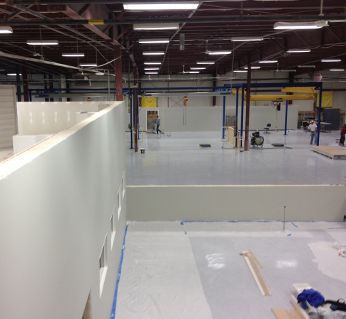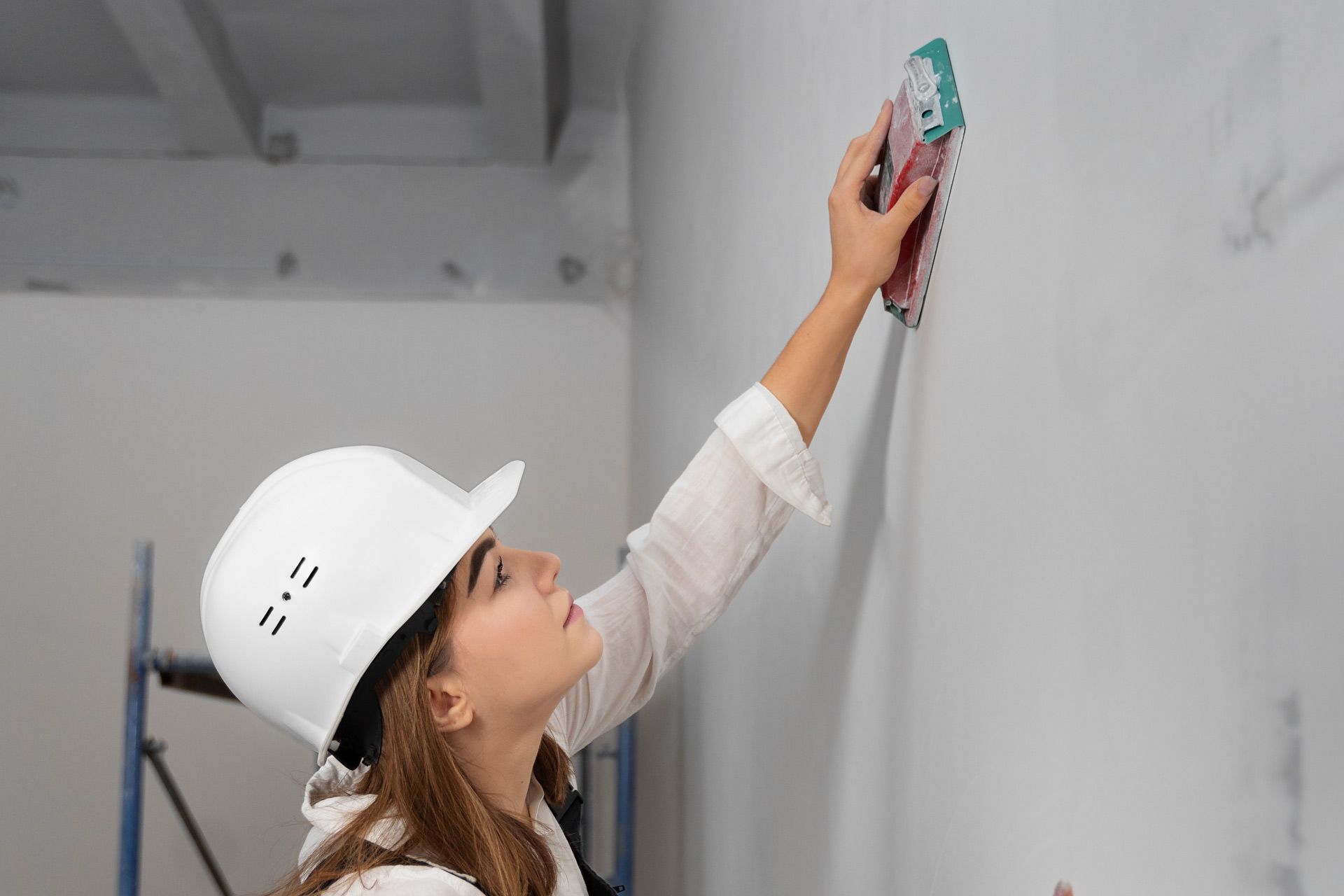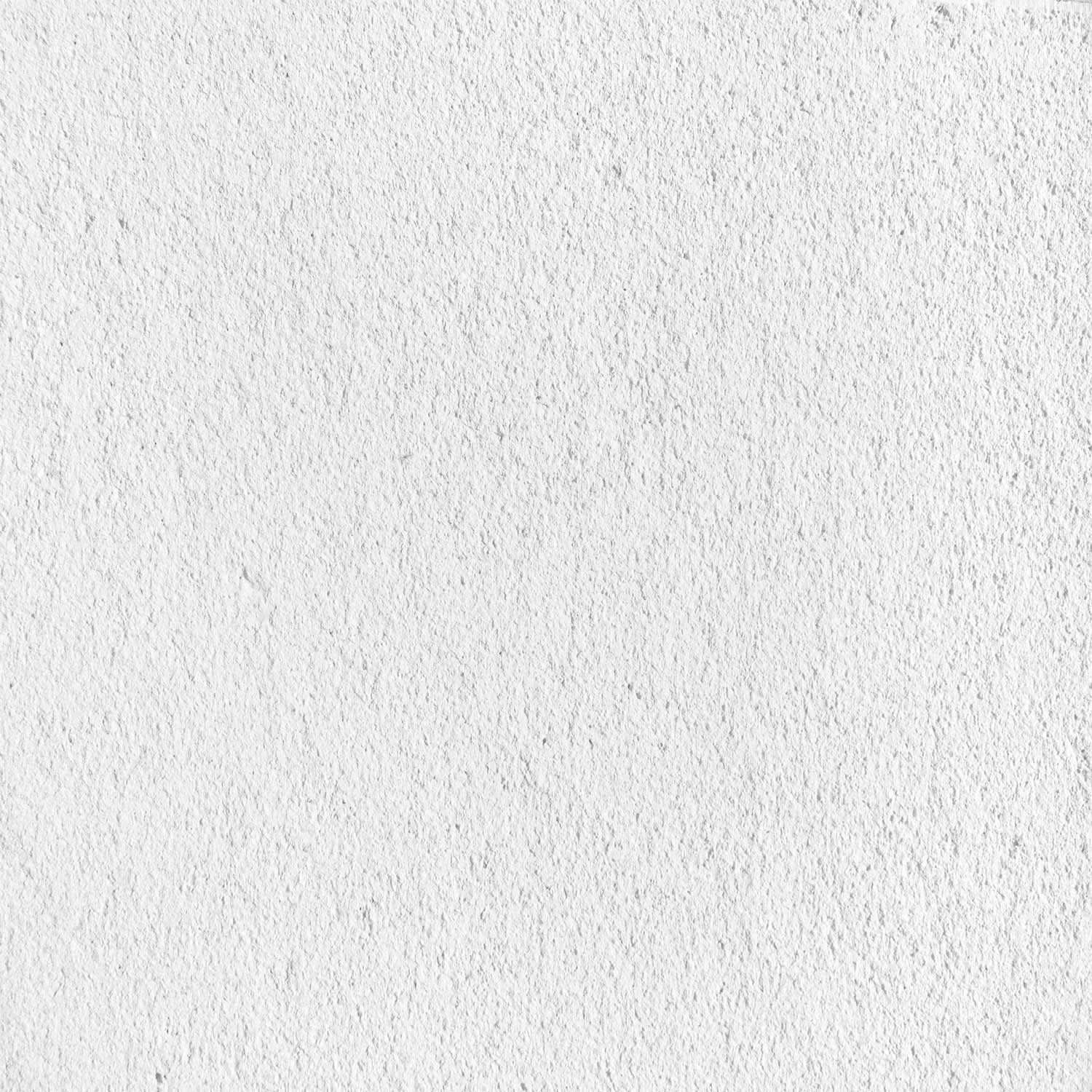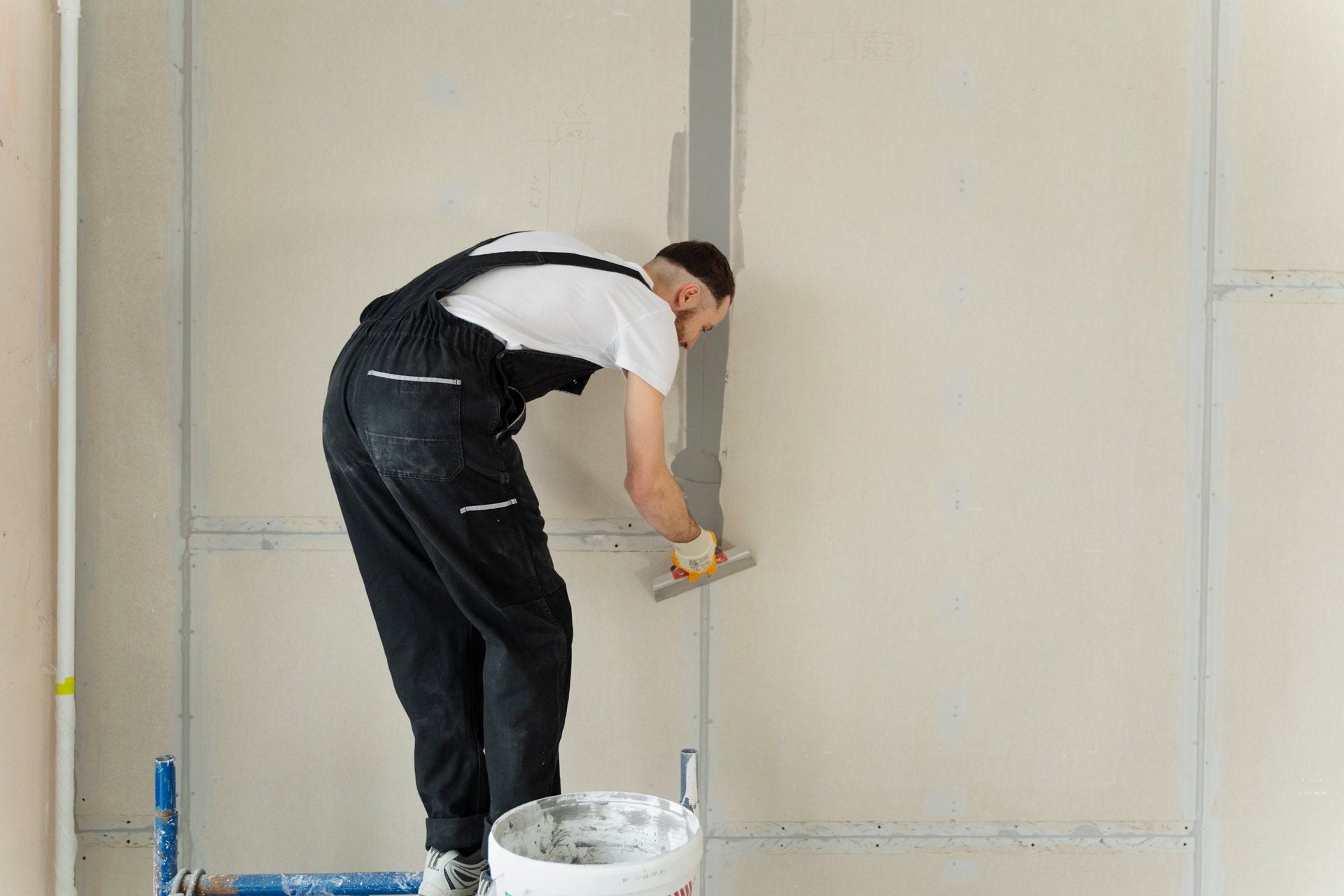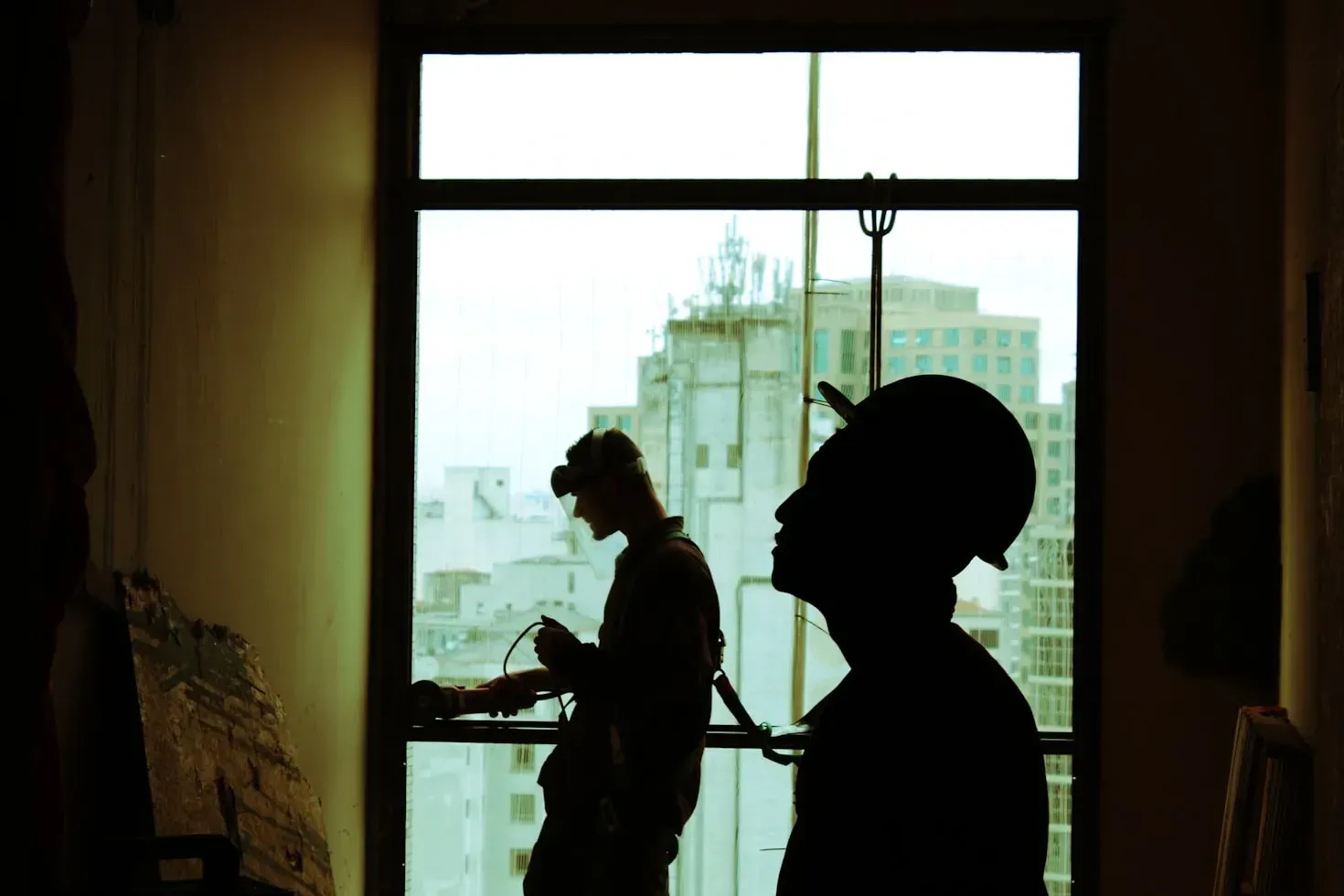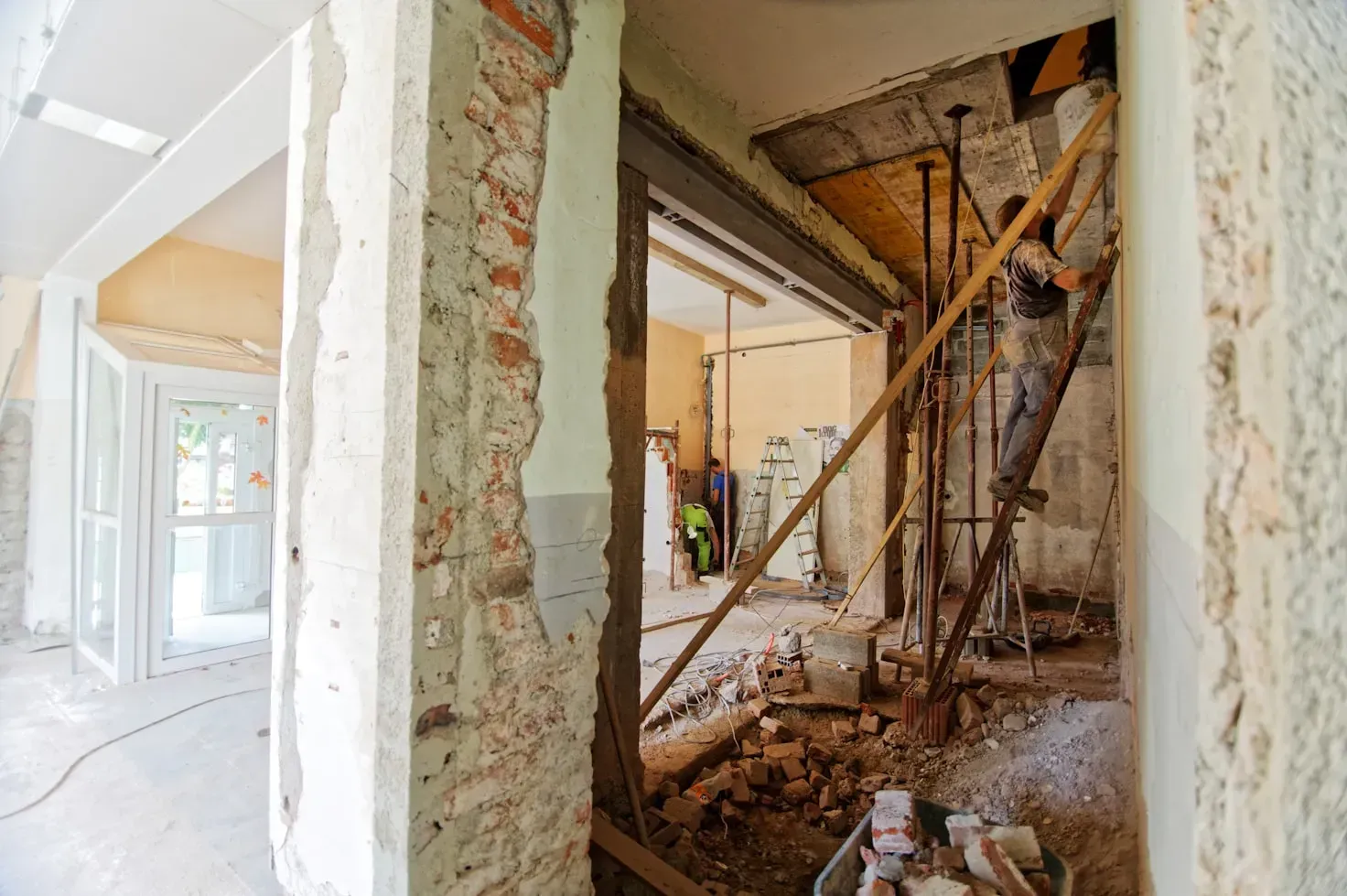Choosing the Right Type of Drywall: A Comprehensive Guide
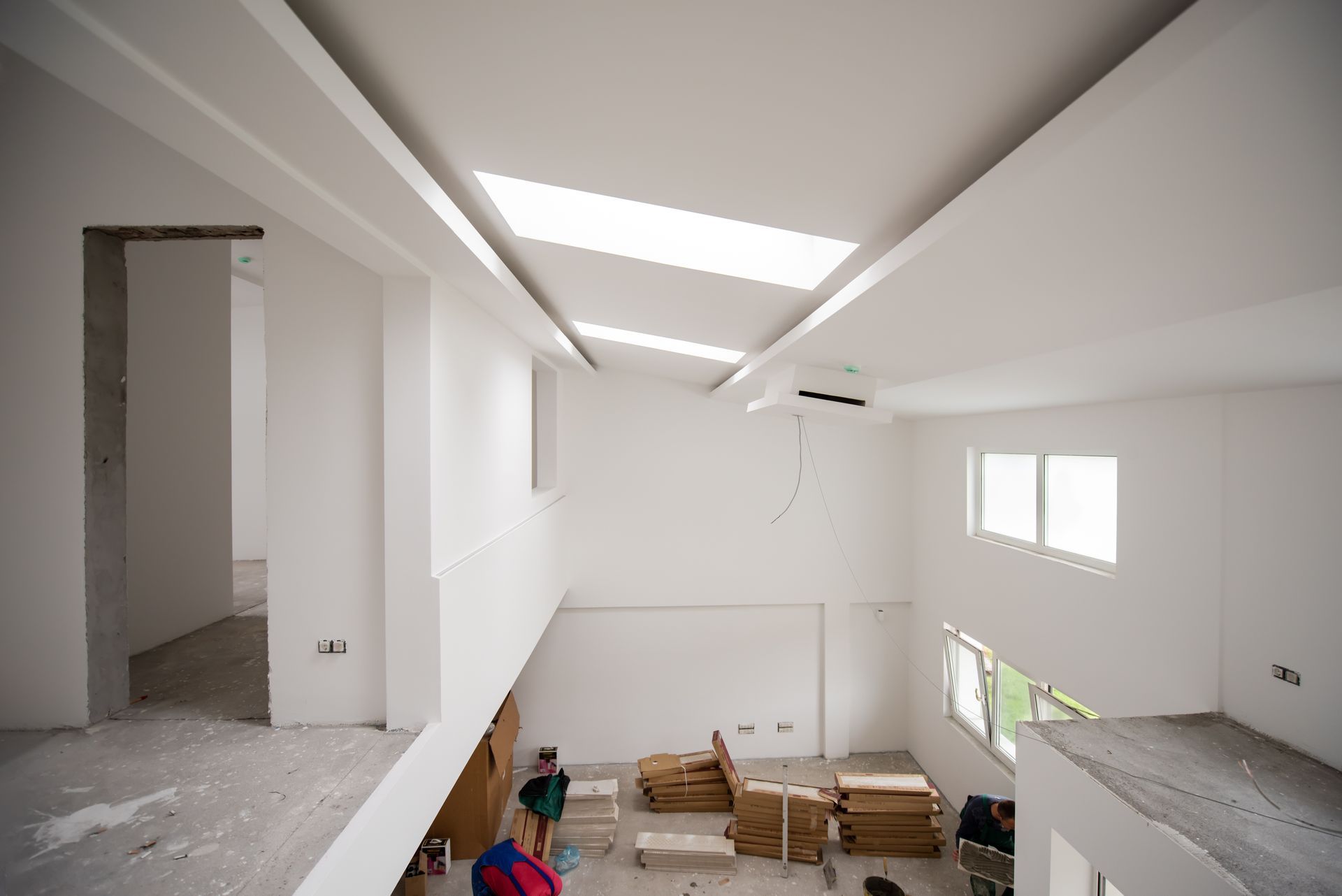
Wondering how to choose the right type of drywall? Picking the right type of drywall is important for any home project. Whether you’re working on a kitchen, bathroom, bedroom, or finishing a basement, drywall is a key part of your wall and ceiling structure. But with so many different types of drywall, it can be hard to know which one is best.
Most drywall sheets are made of gypsum, pressed between two sheets of thick paper. There’s standard drywall for most interior walls, moisture-resistant drywall for wet rooms like laundry rooms and bathrooms, and even soundproof drywall to help reduce noise. Some projects may need fire-resistant drywall like Type X, or thicker drywall for strength. The size and thickness of your drywall can also affect the way it bends, especially for curved walls.
In this guide, we’ll show you how to
choose the right type of drywall for your space. We’ll go over
drywall sizes,
drywall thickness, and how each
type of drywall can handle things like moisture, heat, or sound. Whether you're working with a
contractor or going the DIY route, knowing what
drywall is best for your project will help you meet
building codes, use the right
joint compound, and
help prevent future issues. Let’s get started and make sure you’re using the
best drywall for the job!
Understanding Drywall Types
Drywall, often referred to as gypsum board, plasterboard, or sheetrock, is not a one-size-fits-all material. The type you choose can significantly impact your project's overall performance, especially in terms of moisture resistance, fire safety, and sound insulation. Here's a deep dive into the most common drywall types and the science behind them, helping you match your project with the perfect drywall solution.
Standard Drywall (White)
Standard drywall is the workhorse of the construction world. Suitable for most interior walls and ceilings, this type is typically 1/2 inch thick and is known for its balance of affordability and functionality. But don't let its ubiquity fool you. Recent advancements have made even this basic material more environmentally friendly, with manufacturers incorporating recycled materials to reduce waste. Ideal for dry, low-moisture areas, standard drywall is your go-to for living rooms, bedrooms, and other spaces where simplicity meets durability.
Moisture-Resistant Drywall (Green)
Bathrooms, kitchens, and laundry rooms share a common challenge: humidity. Moisture-resistant drywall, recognizable by its green paper facing, is designed to withstand these damp environments. While not waterproof, its moisture-resistant properties significantly reduce the risk of mold and mildew growth, a claim backed by numerous building science reports. Incorporating this type of drywall in moisture-prone areas can lead to healthier living spaces and long-term savings on repairs.
Fire-Resistant Drywall (Type X or Type C)
Safety is paramount, and fire-resistant drywall is engineered with this in mind. Thicker than standard drywall, at 5/8 inch, and infused with fire-retardant materials, Type X and Type C drywall are heroes in slowing the spread of flames. Mandatory in garages, furnace rooms, and certain apartment walls, this drywall type provides critical evacuation time during a fire. Research on fire-resistant technologies continues to evolve, offering even greater protection and peace of mind.
Soundproof Drywall
Noise control is a luxury everyone appreciates, whether you're building a home theater or simply seeking a quiet bedroom. Soundproof drywall contains layers of gypsum and viscoelastic polymers, making it significantly more effective at dampening sound than standard options. Thicker variants offer the best soundproofing, making this an excellent investment for enhancing privacy and reducing ambient noise.
Mold-Resistant Drywall (Purple)
Mold resistance is taken a step further with purple drywall. Superior to green board in moisture and mold resistance, it's an ideal choice for high-humidity areas or spaces prone to water exposure. Beyond its durability, purple drywall is also designed to withstand dents and scratches, making it perfect for high-traffic areas. Citing recent case studies, homes utilizing mold-resistant drywall report fewer mold-related health issues and reduced maintenance costs.
Choosing the Right Drywall for Your Project
Selecting the perfect drywall for your renovation project might feel daunting, but it boils down to understanding your space's specific needs. Here's a straightforward approach to match your project with the right type of drywall, ensuring you get the best results for your investment.
Location and Use
First, consider the location and intended use of the space. Different areas of your home face different challenges:
- Dry areas like living rooms and bedrooms are well-suited to Standard Drywall.
- Moist environments such as bathrooms and kitchens demand the moisture resistance of Green Board.
- Fire-prone spaces, including kitchens close to stoves or garages, benefit from the added safety of Fire-Resistant Drywall.
- Noisy areas or spaces requiring privacy, like home offices, are ideal candidates for Soundproof Drywall.
Moisture Exposure
Evaluate the room's exposure to moisture. This step is crucial in areas with fluctuating humidity levels or direct water contact. Moisture-Resistant and Mold-Resistant Drywall are engineered to combat these conditions, preventing mold growth and structural damage.
Soundproofing Needs
Sound transmission can be a concern, especially in multi-use or shared living spaces. If reducing noise is a priority, consider Soundproof Drywall. Its specialized construction minimizes sound travel, creating a quieter, more serene environment.
Budget Considerations
While it's tempting to opt for the cheapest option, consider the long-term benefits of investing in specialized drywall. Standard Drywall is the most cost-effective choice for areas without specific needs. However, for spaces requiring moisture resistance, fire safety, or soundproofing, the initial higher cost of specialized drywall can save money and headaches down the line.
Installation Tips and Best Practices
Properly installing drywall is just as important as choosing the right type. These tips and best practices will help ensure a smooth installation process and lasting results, whether you're tackling the project yourself or overseeing a professional's work.
Getting Started
- Measure and Plan: Before purchasing your drywall, accurately measure your space. Plan for a bit extra to account for cuts and errors. It's better to have a little leftover than to run short.
- Prepare Your Space: Ensure your workspace is clean and clear of obstacles. Remove any old wall coverings, nails, or screws that could interfere with your new drywall.
Cutting and Hanging Drywall
- Cutting Drywall: Use a sharp utility knife and a straight edge to score your drywall. A firm snap along the scored line will cleanly break the board, allowing for precise cuts.
- Hanging Drywall: Start from the top of the wall and work your way down. It's crucial to align edges with the center of studs or joists for secure fastening. Use drywall screws spaced about 16 inches apart, sinking them just below the surface without breaking the paper face.
Finishing Touches
- Taping and Mudding: Apply joint compound (mud) over seams, pressing paper tape into the wet mud for smooth joints. Allow it to dry fully before applying additional coats. Sand between coats for the smoothest finish.
- Sanding: Use a fine-grit sandpaper to smooth out the final coat of mud. Aim for a surface that's even and free of bumps or ridges. Remember, the better your finish, the better your paint or wallpaper will adhere.
Professional Advice
- Consult a Pro: If you're unsure about any step of the process, don't hesitate to consult with a professional. They can offer valuable insights and tips tailored to your specific project, ensuring a successful outcome.
Safety First
- Safety Gear: Always wear protective eyewear, a dust mask, and gloves when cutting, sanding, or handling drywall. Safety should always be your top priority.
Navigating Building Codes and Regulations
Understanding and adhering to local building codes and regulations is a critical step in any construction or renovation project. These standards are designed to ensure safety, durability, and compliance in your building efforts. Here's how to stay informed and compliant:
Stay Updated
Building codes can change, so it's essential to consult the most current regulations before starting your project. This includes requirements for fire resistance, sound insulation, and moisture protection, which can vary depending on your location and the type of structure you're working on.
Key Areas to Watch
- Fire Safety: Certain areas of your home, such as around furnaces, in garages, and on shared walls between units in multi-family buildings, may require fire-resistant drywall (Type X or C) to comply with local fire codes.
- Moisture Resistance: Bathrooms, kitchens, and basements often have specific requirements for moisture-resistant materials to prevent mold and structural damage.
- Structural Integrity: Codes may specify the thickness and type of drywall used on walls and ceilings to ensure the structural integrity of the building.
Obtaining Permits
For major renovations, obtaining the necessary permits from your local building department is a must. This process will likely involve submitting your project plans for review, ensuring they meet all local building codes and standards.
Resources and Assistance
- Local Building Department: Your first resource for code requirements and permit information. They can provide detailed guidance tailored to your project.
- Professional Help: When in doubt, consulting with a licensed contractor or architect can provide peace of mind and ensure compliance. These professionals stay up-to-date with building codes and can navigate the permitting process on your behalf.
Documentation and Inspections
Keep detailed records of all permits and inspections as part of your project documentation. These documents can be invaluable for future renovations, sales, or insurance claims, demonstrating that your project was completed to code.
Sustainability and Eco-Friendly Options
In today's construction and renovation projects, sustainability has become increasingly important. Choosing eco-friendly drywall options not only reduces environmental impact but can also improve indoor air quality and energy efficiency in your home. Here's how to make more environmentally responsible choices with your drywall:
Recycled Content
Many drywall manufacturers are now incorporating recycled materials into their products. Standard drywall often contains a significant percentage of recycled gypsum and paper, reducing waste in landfills. When selecting drywall, look for products with a high recycled content to support sustainability efforts.
Reducing Waste
Plan your drywall installation carefully to minimize waste. Use offcuts in smaller areas and recycle any unused materials where possible. Some manufacturers and recycling centers accept leftover drywall for recycling, turning it back into new building materials.
Low VOC Products
Volatile Organic Compounds (VOCs) are chemicals found in many building materials, including some types of drywall. These compounds can affect indoor air quality and health. Opt for low VOC drywall and joint compounds to ensure a healthier indoor environment.
Energy Efficiency
Installing drywall with good insulation properties can help improve your home's energy efficiency. This not only reduces your energy bills but also minimizes your carbon footprint. Consider using insulated drywall panels in areas where extra thermal efficiency is needed.
Supporting Green Manufacturers
Choose drywall products from manufacturers committed to sustainability. Many companies now focus on reducing energy consumption, water usage, and greenhouse gas emissions in their production processes. Supporting these manufacturers helps promote environmentally responsible practices in the industry.
Conclusion
Choosing the right type of drywall is key to the success of any renovation project, affecting everything from moisture resistance to soundproofing. Throughout this guide, we've explored various types, installation tips, and how to make eco-friendly choices. These insights aim to empower you to make informed decisions for a durable and comfortable space.
If you're in Easthampton, Springfield, Chicopee, or the surrounding areas and need expert drywall and painting services, Frenchie Drywall is your go-to. With years of experience, we specialize in delivering top-quality craftsmanship to both residential and commercial clients. Trust us to bring your vision to life with professionalism and precision.


